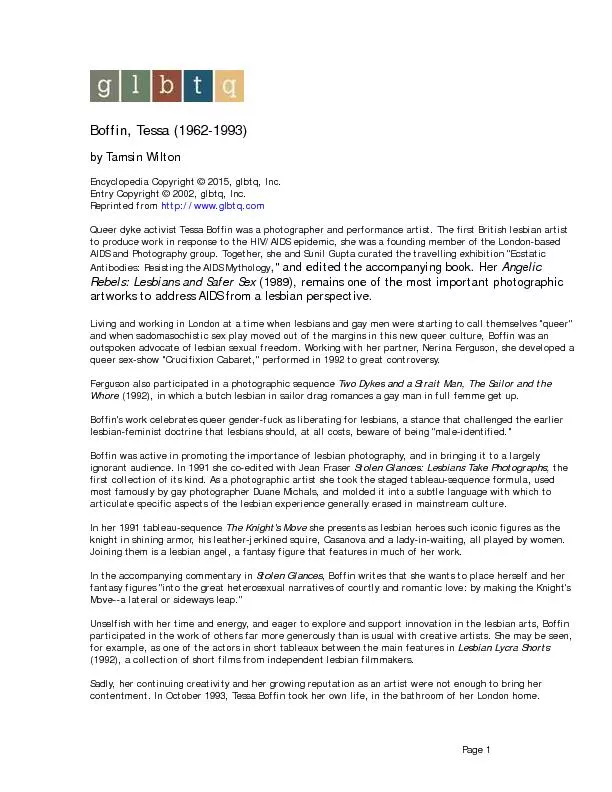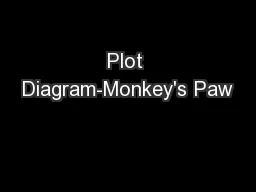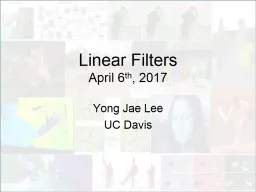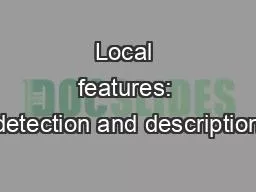PPT-Kristen Horstmann, Tessa Morris,
Author : jane-oiler | Published Date : 2019-11-18
Kristen Horstmann Tessa Morris and Lucia Ramirez Loyola Marymount University March 24 2015 BIOL39804 Biomathematical Modeling Lee T I Rinaldi N J Robert F Odom D
Presentation Embed Code
Download Presentation
Download Presentation The PPT/PDF document "Kristen Horstmann, Tessa Morris," is the property of its rightful owner. Permission is granted to download and print the materials on this website for personal, non-commercial use only, and to display it on your personal computer provided you do not modify the materials and that you retain all copyright notices contained in the materials. By downloading content from our website, you accept the terms of this agreement.
Kristen Horstmann, Tessa Morris,: Transcript
Download Rules Of Document
"Kristen Horstmann, Tessa Morris,"The content belongs to its owner. You may download and print it for personal use, without modification, and keep all copyright notices. By downloading, you agree to these terms.
Related Documents













![[PDF]-Java For Everyone: Late Objects 2nd edition by Horstmann, Cay S. (2011) Paperback](https://thumbs.docslides.com/972928/pdf-java-for-everyone-late-objects-2nd-edition-by-horstmann-cay-s-2011-paperback.jpg)
